Have you ever looked at your merchant processing statement and wondered about those non-EMV assessment fees? If you’re one of the many U.S. merchants still accepting magstripe cards, you’re not alone. Here’s a snapshot of non-EMV costs and how you can avoid them.
EMV vs. Magstripe
Before we delve into EMV fees, a quick primer on EMV technology. EMV refers to the chips embedded into payment cards that you “dip” into point-of-sale terminals (instead of swiping). If you were wondering, EMV stands for EuroPay, Mastercard, and Visa—the group of companies that joined forces to create the standard. Today, the group is known as EMVCo and includes American Express, Visa, Mastercard, Discover Financial, JCB International, and China UnionPay.
The goal of developing the standard was to reduce fraudulent transactions by making the cards more secure. And for a good reason: global card fraud hit a staggering $28.65 billion in 2019. Chips are more difficult to counterfeit because they have a dynamic verification process. In other words, every transaction is authenticated using unique data that is specific to each transaction.
On the other hand, magnetic stripes are static and much easier to clone—with a skimmer, for example—resulting in higher fraud rates. And this security discrepancy is central to understanding non-EMV fees.
Why some payment processors charge non-EMV fees
Some payment processors charge merchants non-EMV fees (which you’ll sometimes see as EMV non-acceptance fees, EMV non-compliance fees or EMV non-enabled fees) for using non-EMV equipment. EMV cards are more secure, and that means a lower risk of fraud. Consequently, card issuers—which have traditionally been on the hook for payment-card fraud—have a vested interest in encouraging the uptake of chip cards.
And one way they do that is to charge merchants non-EMV fees. It’s a “stick” approach to get merchants to switch their older POS equipment to newer systems. These newer systems also accept additional payment methods such as Apple Pay, which are far more secure than your traditional magstripe card. Another critical point: non-EMV fees are not charged for card-not-present transactions.
How much are non-EMV fees?
It’s important to point out that not all payment processors charge these fees. Sekure, for example, does not levy non-EMV charges. And those that do typically charge monthly or annual flat-rate charges. For example, you might see a yearly non-EMV fee of $300 on your statement or even a 0.65% fee docked from each transaction. A small percentage, yes, but one that adds up if you’re processing many non-EMV transactions.
Is EMV compliance mandatory?
Merchants are not legally required to accept EMV cards. The decision of whether to take chip cards is up to businesses themselves. That said, there are reasons why you might want to think about accepting EMV payments, and they involve liability. If your POS system is EMV-enabled and you process a fraudulent transaction, you are less likely to be on the hook.
The takeaway
Unfortunately, non-EMV fees are yet another unnecessary expense that many merchants continue to shoulder. If your payment processor does charge these extra fees, a straightforward way to avoid them is to upgrade your equipment. You’ll also be protecting yourself from potential liability for fraudulent transactions. It’s a win-win situation. If you’ve got questions about non-EMV fees or are looking to upgrade to EMV-compliant equipment, get in touch with a Sekure today. One of our payment professionals will be happy to explain everything and guide you through the process.
Categories

